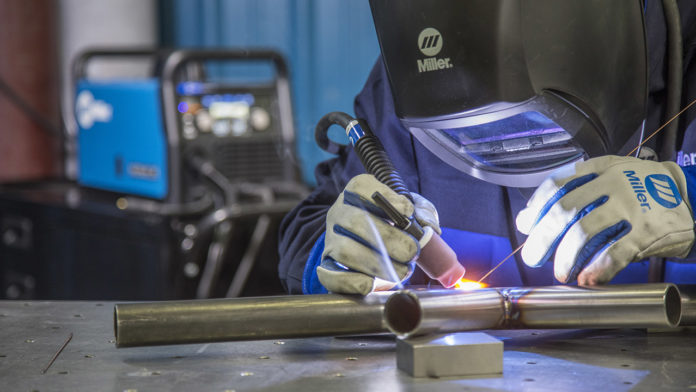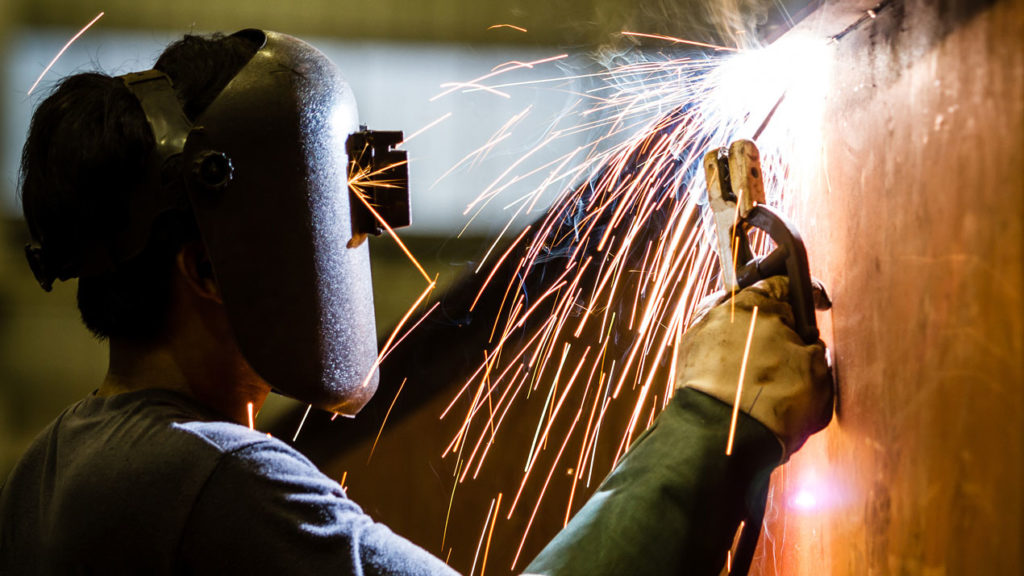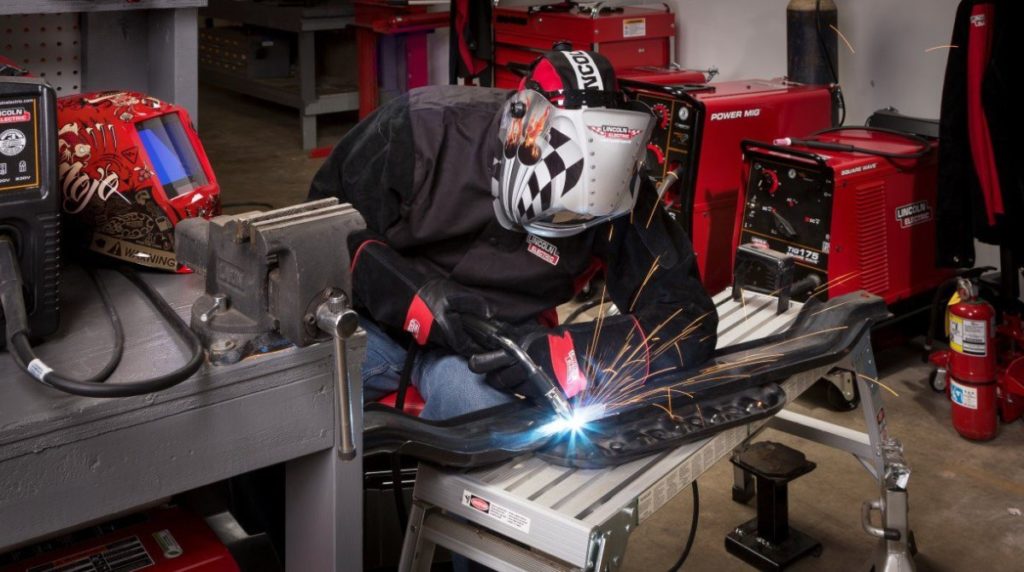
If you are trying to combine two pieces of metal, it will require a specific welding process where the heat would be combined with a wire or small metal beads that will create liquid metal that can be used to effectively combining the two metal pieces together. While there are various welding processes, the most commonly used by hobbyists and industrial manufacturers is MIG welding.
What is MIG welding?
Metal inert gas welding or for short MIG is a process that uses a fed spool of wire and a MIG welding gun that will melt and connect two pieces of metal. This process is also referred to as Gas metal arc welding or GMAW. Because it is diverse and relatively easy to learn, MIG welding is one of the most preferred processes for indoor industrial use.

What to consider when purchasing a MIG welder
1. How many amps – maximum? – The first thing you should decide is what you will be welding and how often will you do it. For example, for welding on a modern car that has thin panels, a small welder might be enough. For an older car, a 130 amp welder would be the minimum, and a Land Rover would require you to use a 150 amp welder or more.
2. How many amps – minimum? – You should not forget the minimum amps. Smaller MIG welder has a minimum of 30 amps, which is good for a 1.0-millimeter sheet. Most welders have a 20 to 25 amp which can be used for 0.8-millimeter steel. If you want to use the welder on a car, you cannot use one that has 30 amps.
3. The power supply – it is possible to run a welder up to 150 amps on a 13 amp plug. Larger welders will need a 32 amp plug that is suitable for wiring, even though they can be used on a 13 amp plug on the lowest settings. Keep in mind that a 13 amp plug should be changed annually since they are not made to supply high currents for long periods of time.
3. You should avoid live torches – this is where the manufacturer of the welders saves money by leaving the contractor out of the machine. The contractor is the part that actually switches the electricity to the torch when you press the trigger. Without it, the torch is always live, so if you touch something while positioning the torch, you will get an arc eye. Keep in mind that the producers will not mention the live torch, so before buying one, make sure that you ask if it has a live torch.
4. Duty Cycle – this is the percentage of a 5 to 10 minute period that you can use the welder without it overheating. For example, if the machine has a 60 percent duty cycle at 100 amps over the period of ten minutes, the welder can work at 100 amps for about 6 minutes before you will need to rest it for 4 minutes.

Conclusion
As you can see, these are the most important things to consider when you are purchasing a MIG welder. You should keep these tips in mind in order to get the best possible welder for the needs you have. For the review of the best MIG welder, check out this website.
















